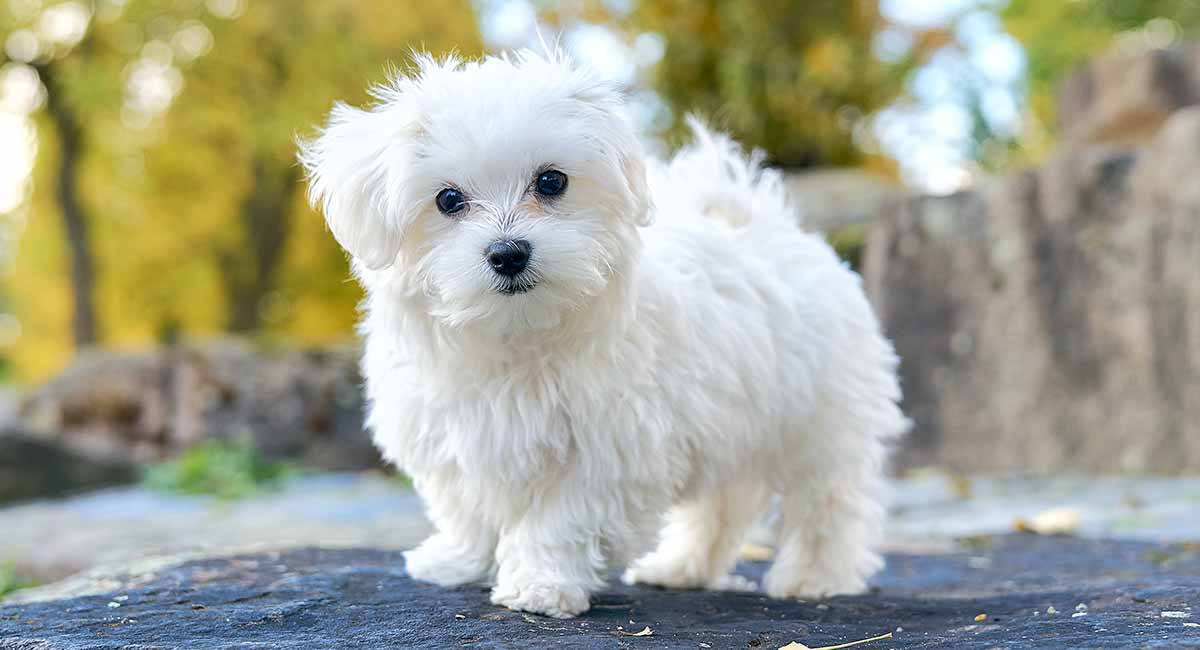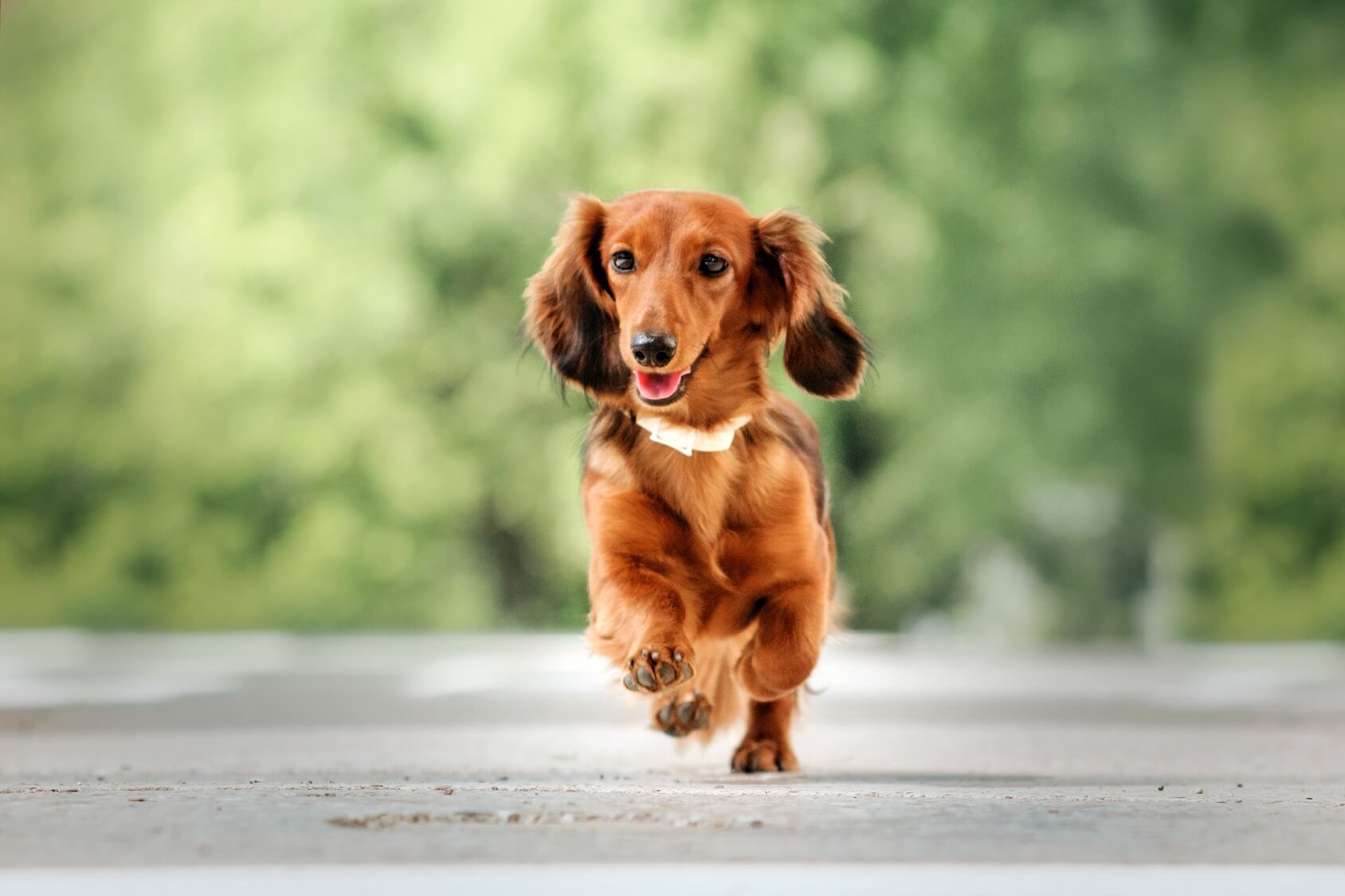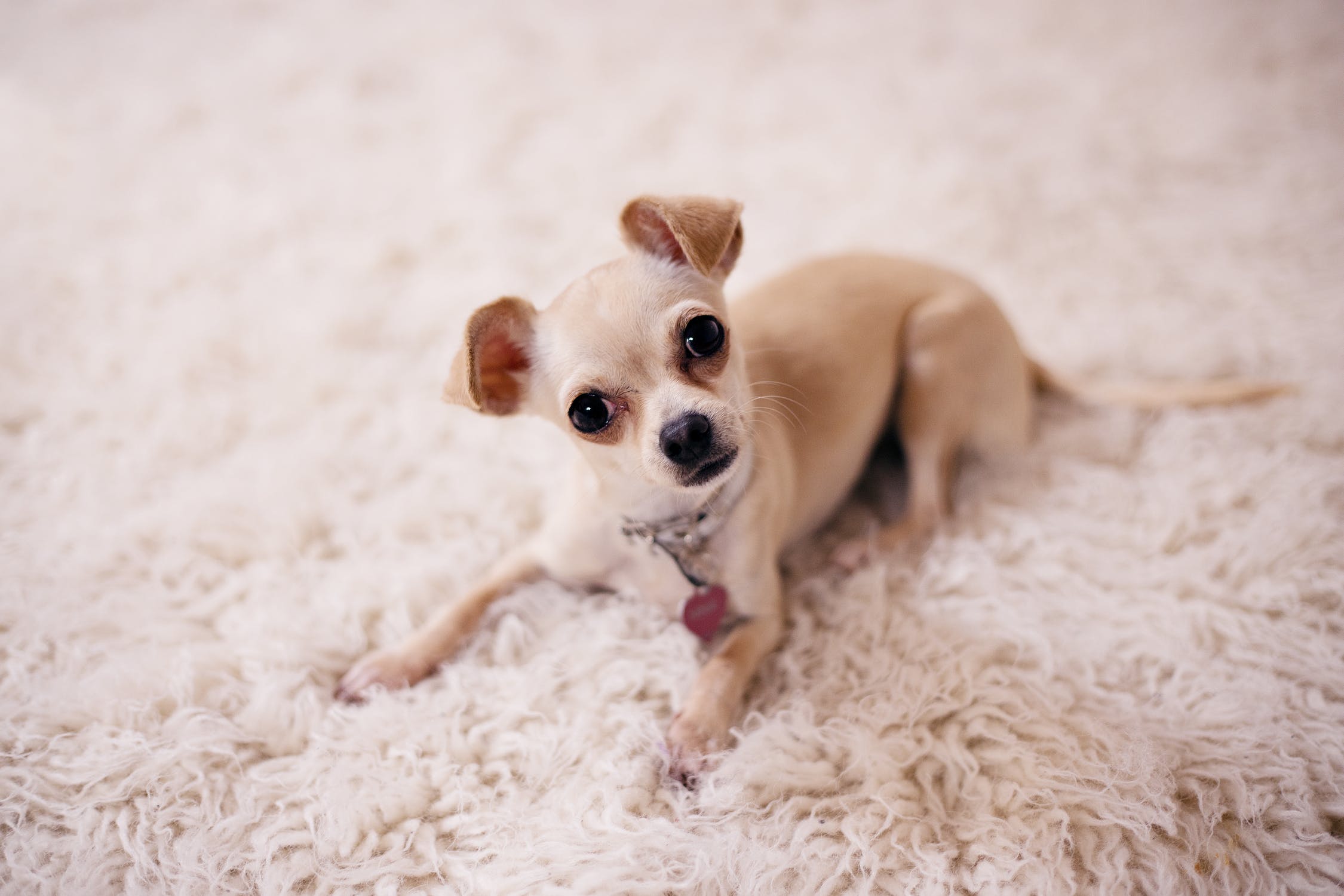Bringing home a dog for the first time is an exciting experience! However, it can also be overwhelming, especially if you’re not prepared for the responsibility and commitment of pet ownership. One way to make your transition to becoming a new dog parent easier is to choose a low-maintenance dog breed.
Certain dogs require less grooming, exercise, and overall care compared to other breeds. This makes them ideal for first-time dog owners who are just learning the ropes. In this blog post, we’ll discuss some of the best low-maintenance dog breeds for novice owners.
What Makes a Dog Low-Maintenance?
When people refer to low-maintenance dogs, they generally mean breeds that need minimal grooming and exercise. These laidback canines are typically healthy, easy to train, and don’t require constant attention or supervision.
Here are some key factors that contribute to a low-maintenance temperament:
- Minimal grooming needs – Dogs with short, dense coats tend to shed less and don’t require frequent brushing or professional grooming.
- Moderate exercise needs – Breeds that are content with one or two short walks per day are lower maintenance than those requiring vigorous daily exercise.
- Adaptable personalities – Dogs that are eager to please and not easily stressed make training much easier for novice owners.
- Minimal barking tendency – Breeds that bark less frequently are better suited to apartments and neighborhoods where noise may be an issue.
- No major health issues – Robust breeds with few genetic conditions will save you costly vet bills down the road.
10 Top Low-Maintenance Dogs for First-Time Owners
If you’re looking for an easygoing pup for your first dog, here are 10 great low-maintenance breeds to consider:
1. Cavalier King Charles Spaniel
The Cavalier King Charles Spaniel packs a lot of charm into a small package. These gentle lap dogs require minimal exercise beyond short daily walks. Their silky coat needs occasional brushing but doesn’t require professional grooming. Cavaliers are affectionate and tranquil, thriving when close to their owners. They adapt well to apartment living and get along great with other pets and children.

2. Greyhound
Contrary to their speedy racing image, greyhounds are actually couch potatoes at heart. After a short daily walk, they’re content to spend most of the day napping. Their short coats require little grooming beyond the occasional brushing. Greyhounds are gentle, mild-mannered, and eager to please, making training fairly easy. Just be sure to provide a soft doggy bed since they love to lounging in comfort!
3. French Bulldog
The trademark “bat ears” of the French Bulldog give this breed an instantly recognizable look. Beyond cute appearances, Frenchies have playful personalities in compact bodies. They require minimal exercise and their smooth, short coat needs occasional brushing. Because of their brachycephalic faces, French Bulldogs do better in temperate climates. They thrive when kept as indoor companions. Frenchies are also highly trainable and get along well with children.
4. Basset Hound
The droopy features and soulful eyes of the Basset Hound give them a melancholy look, but they are actually quite upbeat! Originally bred as hunting dogs, Bassets require daily walks but are not excessively active indoors. Their smooth coat needs weekly brushing and occasional baths to stay clean. Bassets are notoriously easygoing and make wonderful family pets. Just be prepared to deal with their long floppy ears, which require regular cleaning to prevent infections.
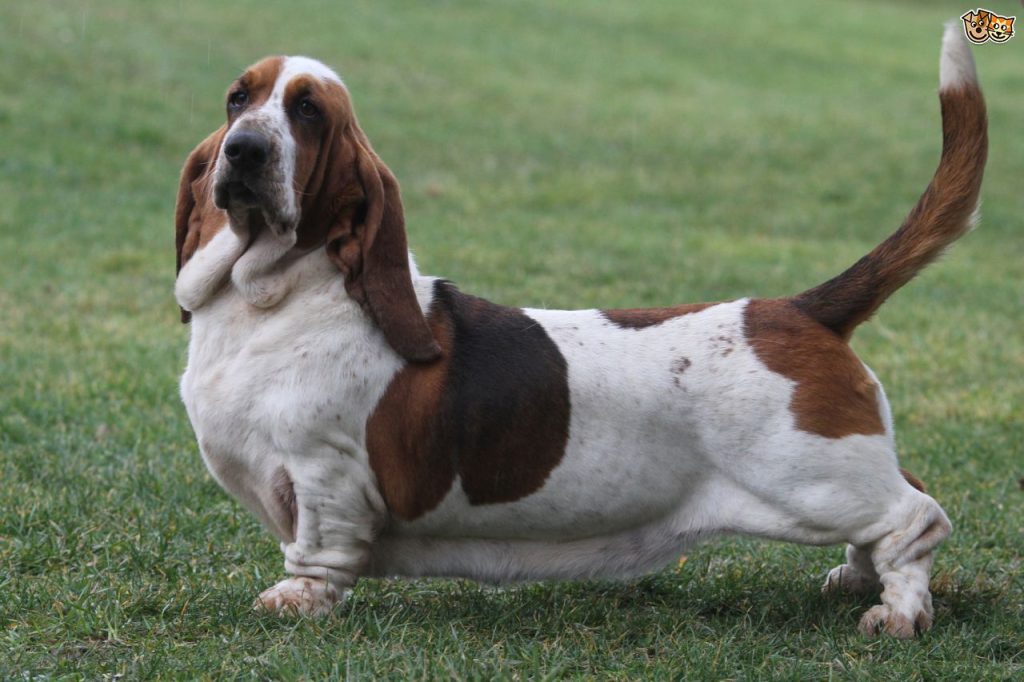
5. Pug
Pugs have endearing wrinkled mugs that make them instant crowd-pleasers. Despite their small stature, they have larger-than-life personalities. Pugs are affectionate lap dogs that aren’t overly active indoors. They need daily walks but don’t require intense exercise. Their smooth, short coats require minimal grooming, but facial folds need regular cleaning. With their laidback temperament and readiness to please, pugs are perfectly suited for newbies. Just keep them cool in hot weather!
6. Maltese
Don’t let the elegant, flowing coat of the Maltese fool you – this toy breed is surprisingly low-maintenance! That’s because the Maltese coat doesn’t shed, so there’s no mess or dander. Daily brushing and occasional bathing will keep their fur sparkling white. Maltese are spirited but also gentle and friendly with kids. While lively indoors, they only require brief daily walks. Their small size also makes the Maltese a great choice for apartment living.
7. Boston Terrier
The Boston Terrier’s tuxedo-like markings and pointy ears lend them a refined but fun-loving look. Bostons are indeed small dogs with big personalities! They require moderate exercise like short walks or games of fetch. Boston Terriers are highly intelligent and eager to please, making training easy for first timers. Their smooth, short coat needs minimal grooming on occasion. Bostons thrive when around their families and quickly integrate into apartment living.
8. Bulldog
Despite its tough exterior, Bulldogs are total softies and are among the most low-key dogs around. The Bulldog’s trademark wrinkles and shuffling gait give them endless charm. A short daily stroll is sufficient exercise. Their coat needs weekly brushing and facial folds should be cleaned a few times per week. Bulldogs are extremely laidback indoors and make great apartment dogs. Although patient with training, they can be stubborn at times. Overall, they are comfortable companions ideal for new owners.
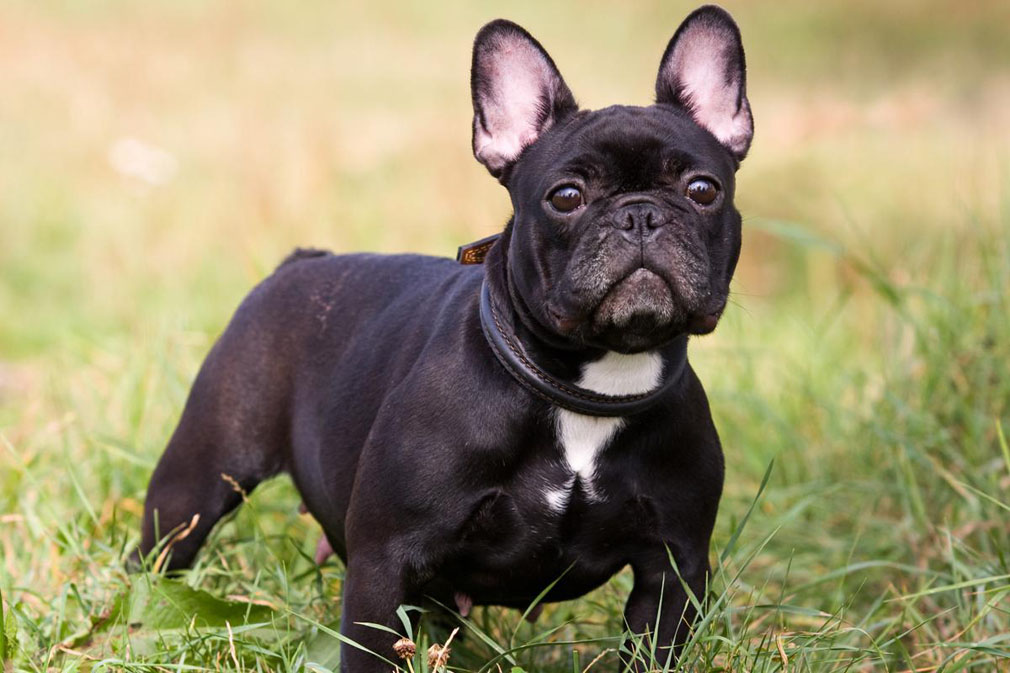
9. Shih Tzu
Beneath its elegant long locks, the Shih Tzu has a personality that’s perky, playful, and affectionate. Regular grooming is needed to keep their flowing coat tangle-free. However, Shih Tzus are surprisingly low-energy dogs, content with short daily walks. They thrive when kept as lapdogs and indoor companions. Shih Tzus are intelligent, lovable, and get along great with children and other pets, making them ideal family dogs for novice owners.
10. Chihuahua
Don’t let their tiny size fool you – Chihuahuas have plenty of personality packed into compact bodies. While excitable at times, they are also cuddly lap dogs once their daily exercise needs are met with short walks or playtime. Chihuahuas have smooth, low-shedding coats that only require occasional brushing. They thrive in city apartments and easily adjust to new environments with proper training and socialization. Chihuahuas also get along well with other dogs, children, and pets when properly introduced.
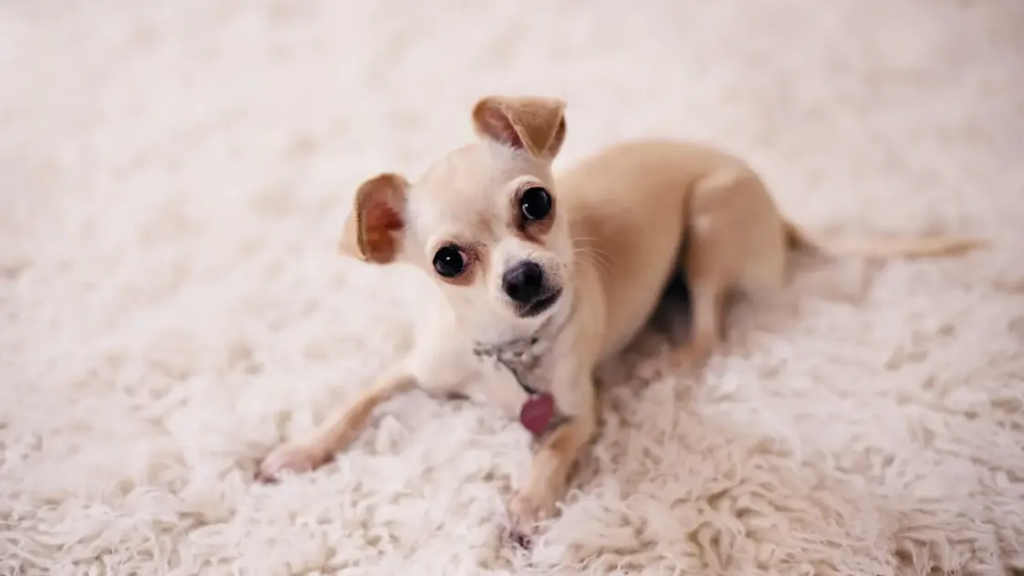
Things to Consider Before Getting a Dog
Bringing home your first puppy or dog is incredibly exciting. However, there are some important things all prospective owners should consider beforehand:
- Costs – Be prepared for expenses like food, supplies, veterinary care, grooming, training, boarding, etc. Dogs are a long-term investment in both money and time.
- Space – Make sure there is adequate room in your home or apartment for a dog to be comfortable. Consider their size, energy levels, and bathroom needs.
- Time commitment – Dogs require significant amounts of time, attention, exercise and training – especially puppies. Be realistic about what you can provide daily.
- Patience – Training and housetraining takes consistency, positive reinforcement, and most of all – patience! Not all skills will be mastered overnight.
- Allergies/health issues – Make sure all human family members do not have conflicting allergies or health problems before committing to a dog.
Choosing the ideal breed for your needs, abilities, and lifestyle will set you up for a happy life together with your new furry friend!
Common Questions About Low-Maintenance Dogs
How much exercise do low-maintenance dogs need daily?
Most low-maintenance breeds only require 1-2 short walks per day, ranging from 20-40 minutes total. Regular bathroom breaks are also a must. Beyond that, they are quite relaxed and require minimal active exercise.
What’s the best low-shedding dog breed for a new owner?
The Maltese, Shih Tzu, Greyhound, and Poodle are all low-shedding breeds that may be ideal for new dog owners. Their coats require regular brushing but minimal vacuuming or cleaning up hair around your home.
Should I adopt or buy from a breeder for my first dog?
Adoption can be a great option, allowing you to find an adult dog whose personality you already know. However, buying from a reputable breeder allows you to get a puppy and train it yourself. Speak to your local shelter and breeders to weigh the pros and cons of each.
How can I find responsible breeders in my area?
Contact national breed clubs for referrals. Screen breeders thoroughly for red flags like overbreeding, no health testing, or keeping puppies in poor conditions. Responsible breeders will welcome
